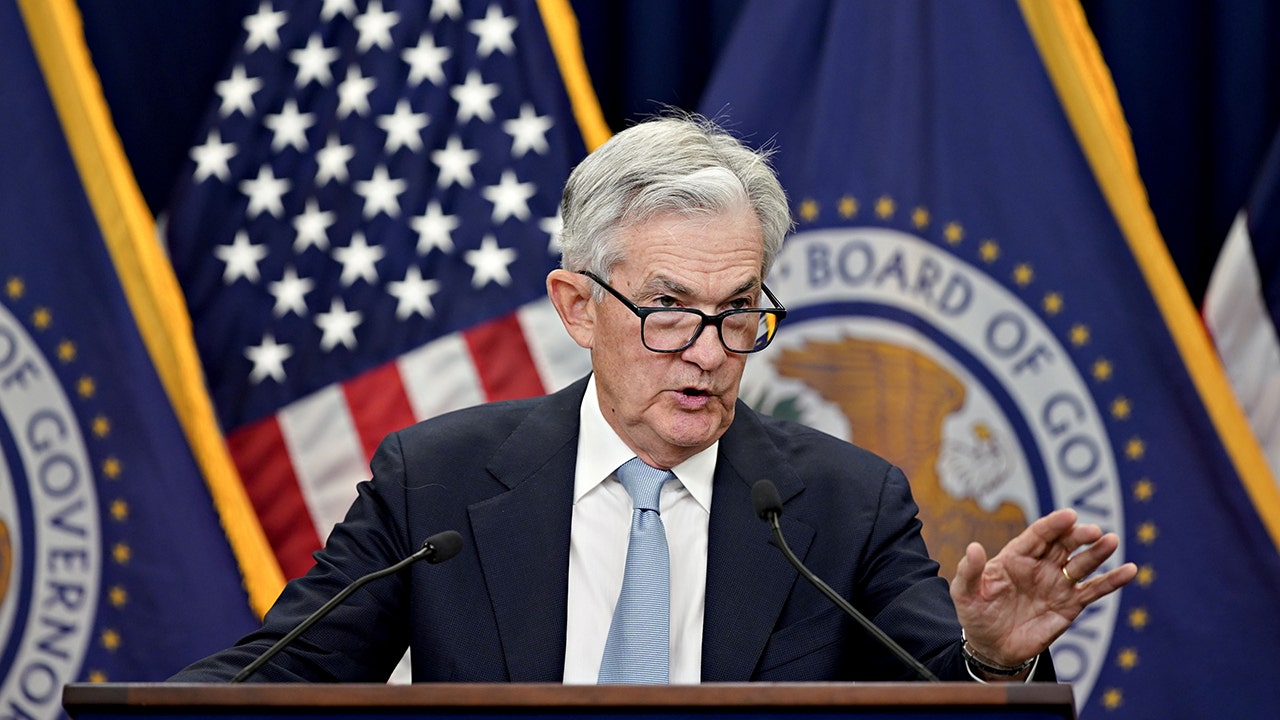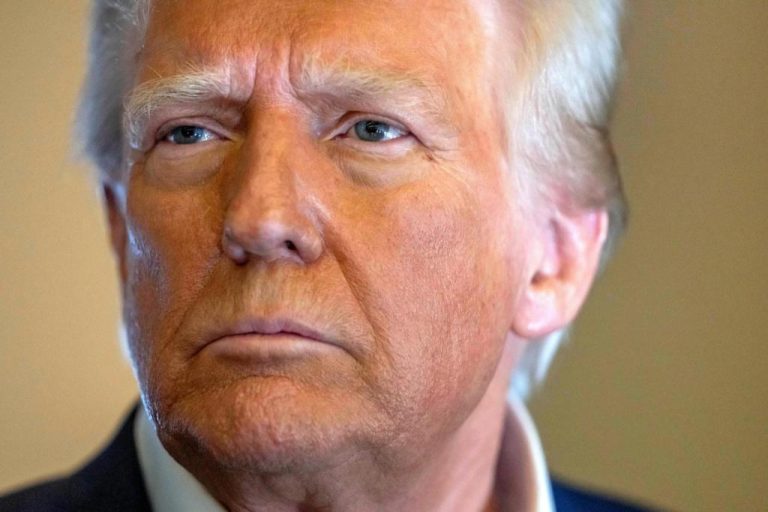
Policymakers have raised rates sharply over the past year in the hopes of crushing inflation and cooling the economy.
The Federal Reserve on Wednesday held interest rates steady for the fourth straight time and cracked open the door to reducing rates later this year if inflation continues to subside.
The widely expected decision left interest rates unchanged at a range of 5.25% to 5.5%, the highest level in 22 years.
Policymakers also made substantial changes to their post-meeting statement, softening some of its hawkish language. Officials dropped a sentence that suggested additional hikes may be warranted and swapped in more neutral language about the path of monetary policy in coming months.
The policy-setting Federal Open Market Committee acknowledged that the “risks to achieving its employment and inflation goals are moving into better balance” but cautioned that rate cuts are not imminent.
FED’S FIGHT AGAINST INFLATION IS WEIGHING ON MIDDLE-CLASS AMERICANS
“In considering any adjustments to the target range for the federal funds rate, the Committee will carefully assess incoming data, the evolving outlook, and the balance of risks,” the statement said. “The Committee does not expect it will be appropriate to reduce the target range until it has gained greater confidence that inflation is moving sustainably toward 2 percent.”
In December, a majority of Fed officials indicated they expect rates to fall to 4.6% by the end of 2024, suggesting there will be at least three quarter-point rate cuts this year. Policymakers also penciled in additional rate cuts in 2025 and 2026.
RISING CHILD CARE COSTS ARE STARTING TO BITE US FAMILIES
“If the economy evolves broadly as expected, it will likely be appropriate to begin dialing back policy restraint at some point this year,” Chair Jerome Powell told reporters during a post-meeting press conference in Washington. “But the economy has surprised forecasters in many ways since the pandemic, and ongoing progress toward our 2% inflation objective is not assured.”
Traders have been betting on even more aggressive rate cuts, starting as early as March. But Powell sought to temper those expectations during his press conference.

U.S. Federal Reserve Chair Jerome Powell attends a press conference in Washington, D.C., July 27, 2022. (Liu Jie/Xinhua via Getty Images / Getty Images)
“Based on the meeting today, I would tell you that I don’t think it’s likely that the committee will reach a level of confidence by the time of the March meeting to identify March as the time to do that. But that’s to be seen,” Powell said.
Stocks fell after the meeting as the prospects for an imminent rate cut dimmed.
While inflation has cooled considerably in recent months, it remains up 3.4% compared to the same time a year ago, according to the most recent Labor Department data.
GET FOX BUSINESS ON THE GO BY CLICKING HERE
Policymakers have raised interest rates sharply over the past two years, approving 11 rate increases in the hopes of crushing inflation and cooling the economy. In the span of just 16 months, interest rates surged from near zero to above 5%, the fastest pace of tightening since the 1980s.
Hiking interest rates tends to create higher rates on consumer and business loans, which then slows the economy by forcing employers to cut back on spending. Higher rates have helped push the average rate on 30-year mortgages above 8% for the first time in decades. Borrowing costs for everything from home equity lines of credit, auto loans and credit cards have also spiked.
| Ticker | Security | Last | Change | Change % |
|---|---|---|---|---|
| I:DJI | DOW JONES AVERAGES | 38150.3 | -317.01 | -0.82% |
| I:COMP | NASDAQ COMPOSITE INDEX | 15164.01176 | -345.89 | -2.23% |
| SP500 | S&P 500 | 4845.65 | -79.32 | -1.61% |
Yet the rapid rise in rates has not stopped consumers from spending or businesses from hiring.
The labor market is continuing to chug along at a healthy pace, with employers adding 216,000 new workers in December. Job openings remain high, and the unemployment rate is continuing to hover around 3.7%.







